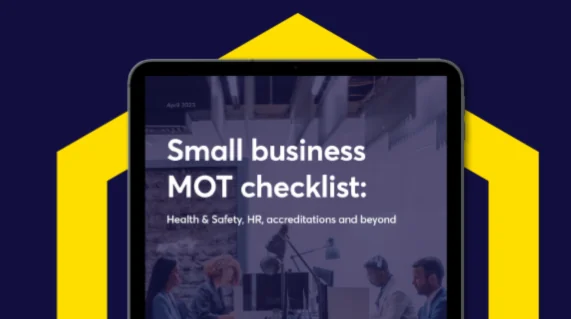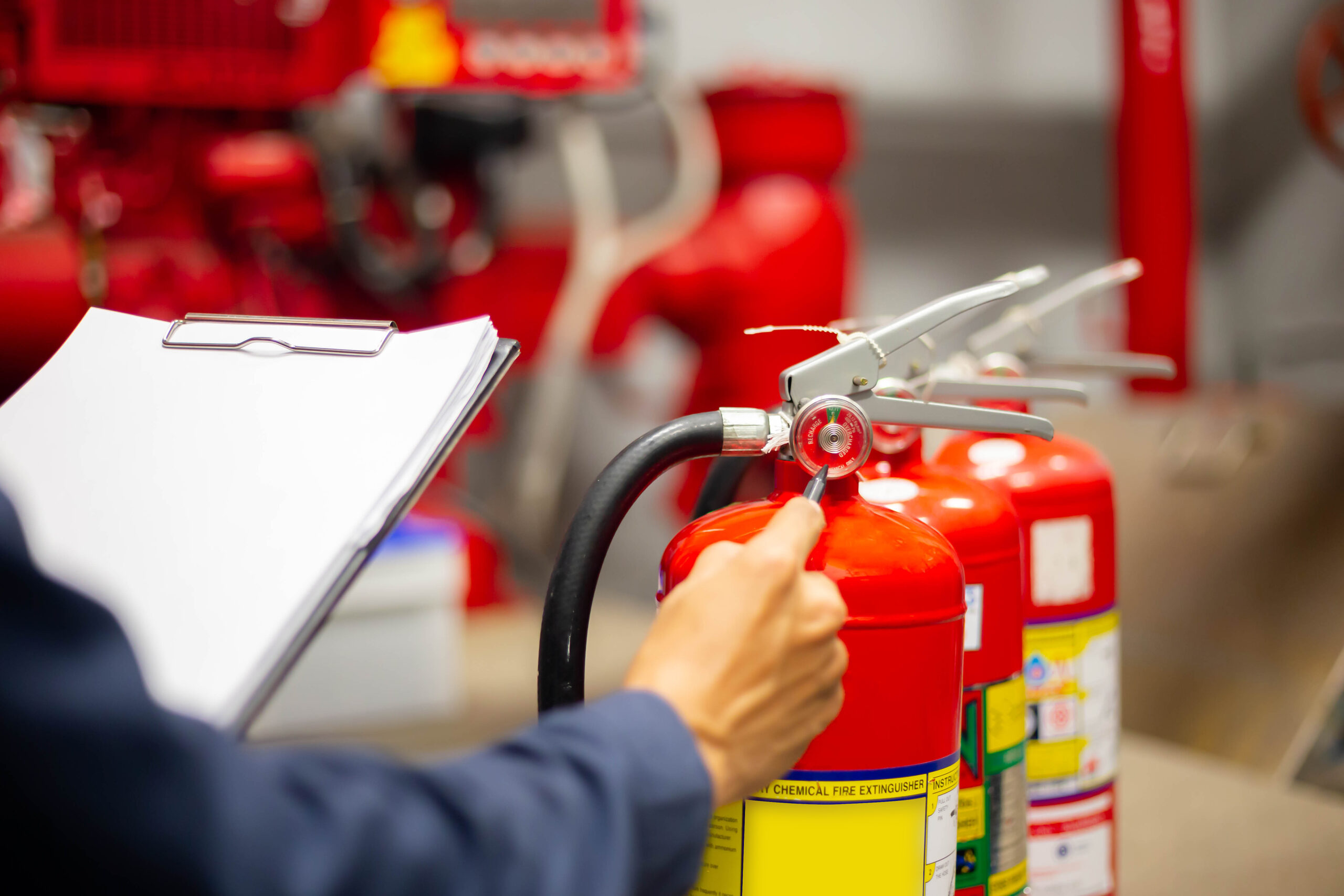Fire safety should be one of your top priorities at your business, not just to comply with UK regulations but also to ensure everyone at the site or premises is safe in the event of a fire. Installing fire alarm systems is a crucial step in this process, providing early detection and alerting mechanisms that can save lives and property.
In this blog, we’ll cover the regulations around fire alarm installation, including the types of fire alarms suitable for different businesses, where they should be placed, who should install them and why regular testing and maintenance are essential for optimal performance.
Fire alarm legislation
The Regulatory Reform (Fire Safety) Order 2005 (FSO) is a key piece of legislation governing fire safety in buildings in England and Wales. The FSO applies to all workspaces and places legal duties on anyone in control of these premises – the Responsible Person – to undertake and record a fire risk assessment and put in place and maintain general fire precautions. Need more information? Read our latest post on fire safety regulations for commercial buildings to learn more.
Then, specifically relating to fire alarms, there’s the BS 5839-1:2017 standard. This is a code of practice for designing, installing, commissioning and maintaining fire detection and alarm systems in non-domestic buildings. It also gives recommendations for the locations of fire alarm system components based on the objective of your system – or categories. Categories L and M are for systems designed to protect life, whereas Category P is for those intended to protect property. There are several more categories within those, which we’ll move on to in the next section.
What type of fire alarm does my business need?
To determine what type of fire alarm your business needs, it’s important to consider factors such as the size and layout of the premises, the type of industry, local regulations and any potential fire hazards.
Category M
Category M only requires manual call points (MCPs) installed throughout a site. While it’s not typically used for entire premises, it’s perfect for places like workshops or factories where fires can be spotted quickly, or where automatic detection might not be reliable. Category M is usually reserved for specialised areas within a building, and it’s important to include alarm devices like sounders, beacons, or bells all around the site.
Category L
These systems are designed to protect life and focus on escape routes and areas of the building with a high fire risk. There are different levels of Category L systems which build on each other to create the system. These systems also require alarm devices throughout the buildings.
- Category L4: MCPs and smoke detector-based automatic fire detection (AFD) along escape routes like stairwells.
- Category L3: AFDs should be installed in all rooms, corridors, and compartments opening to escape routes.
- Category L2: Conduct a comprehensive fire risk assessment by a qualified individual to identify high-risk areas for AFD installation.
- Category L1: MCPs and AFDs are installed throughout the premises, and detector types are chosen based on room-specific fire risks and occupants’ safety needs.
Category P
Category P systems are primarily aimed at safeguarding property, but they also offer some level of life protection and can be employed alongside L fire alarm systems in certain scenarios. These systems are commonly implemented based on evaluations conducted by insurance companies.
- Category P1: AFDs are installed throughout the entire premises – it isn’t dependent on a fire risk assessment, but could help in designing a system with strategically placed detectors. Alarm devices are only required where specified.
- Category P1/M: Combines full Category M and Category P1 systems, featuring AFDs, MCPs, and alarms throughout the entire building.
- Category P2: AFDs are needed in high-risk areas only and are often paired with a life protection system other than Category M.
- Category P2/M: These systems require AFDs as specified by P2 with MCPs and alarm devices as per a Category M system.
Types of fire alarms
There are a few different types of fire alarms you should be aware of when designing your fire alarm system.
Conventional fire alarms
These systems divide the building into zones, with each zone having a number of detectors connected to a control panel. When a detector is triggered, the panel indicates the specific zone where the fire may have occurred.
Addressable fire alarms
An addressable fire alarm system delivers precise accuracy by assigning a unique address to every detector or device. This allows for precise identification of the location of the fire or fault.
Wireless (radio) fire alarms
Wireless alarms offer installation flexibility, eliminating the need for extensive wiring. They are especially well-suited for buildings where wiring installation is a challenge.
Where should fire alarms be placed?
Key areas for a commercial fire alarm installation include high-risk areas such as kitchens, corridors, fire exits and escape routes, boiler rooms, large open spaces and areas with electrical equipment. These locations will ensure the best coverage and early detection of fires.
Who should install fire alarms?
Fire alarms should be installed and serviced by BAFE (British Approvals of Fire Equipment) accredited companies. The ‘Responsible Person’ within your business is the one who has to ensure your fire alarm systems are properly maintained and serviced.
Fire alarm testing and maintenance
Regular fire alarm testing and maintenance are essential to ensure your systems are properly functioning. This includes scheduled tests and inspections to verify the functionality of detectors, alarms, and control panels. Additionally, it involves inspecting and servicing components such as batteries, wiring, and connections to ensure they are in good condition and capable of responding effectively.
Get a head start using our comprehensive Fire Risk Assessment Template.
Ready to safeguard your business?
Fire safety is something you need to have a handle on in your business – and if you’re not sure where to start, check out our expert 101 guide covering all the roles, responsibilities and everything you need to do.
Or get all your staff up to speed with our handy Fire Safety eLearning course. This outlines how fires start, what to do if a fire occurs and an explanation of all the different fire-fighting equipment they might come across in your business.
Got more questions? Call us on 0114 244 4461 to chat to a member of the team.








